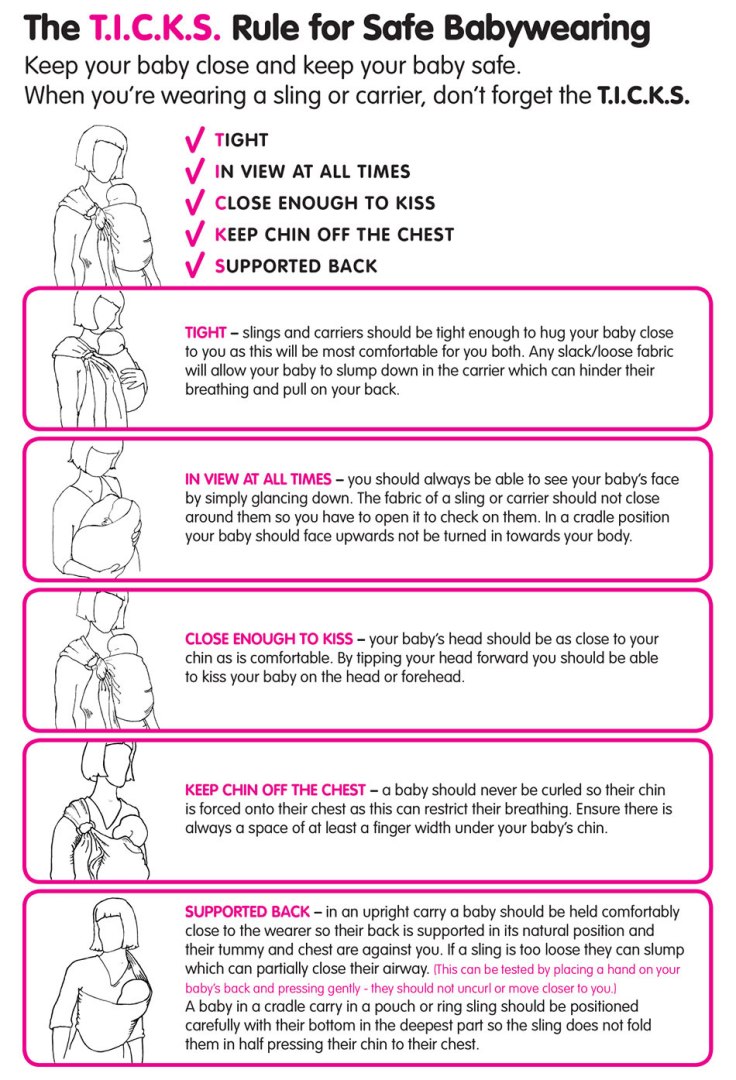Check out our October Favorites! We have handpicked nine travel essentials for parents.
- Babyzen: YOYO+ Stroller
- JJ Cole Collections: Reversible Body Support (for Car Seat / Stroller)
- 3 Sprouts: Stroller Organizer
- Mommy’s Helper: Cushie Traveler™ Folding Padded Potty Seat
- The Mommy Hook®: Stroller Assistant
- Naforye: Keeper Bag with Strap
- Mommy’s Helper: Inflatable Bath Tub
- Double Monkeys: Compact Changing Mat
- JJ Cole Collections: Diapers & Wipes Caddy
Let’s take a look at them one by one.
1. Babyzen: YOYO+ Stroller

The coolest compact baby stroller in town is definitely the latest BABYZEN YOYO+ stroller. This stroller converts in a flash, folds up to hand luggage dimensions, can be carried like a bag, is machine-washable, and will fit just about anywhere other strollers don’t! You need to have one.
Check out our collection on our website – https://www.babydash.com.my/gear/brands/babyzen.html
2. JJ Cole Collections: Reversible Body Support (for Car Seat / Stroller)

One of the most stylish body supports for car seat / stroller in the market, the reversible infant Body Support from JJ Cole Collections provides exceptional comfort and safety. Its shape is designed to protect and fit snugly around infants of all sizes and preemie babies. It features soft velour and breathable embroidered knit fabrics for added comfort and style.
Check out our collection on our website – https://www.babydash.com.my/gear/brands/jj-cole-collections.html
3. 3 Sprouts: Stroller Organizer

This 3 Sprouts Stroller Organizer keeps all your essentials organized and within reach when you are out for a walk with your tot. It is completely wipeable and has two insulated drink holders, perfect for a sippy cup or bottle. The discreet back pocket with velcro closure offers a safe place for your cell phone or keys. Its collapsible design does not interfere with the stroller fold too!
Check out our collection on our website – https://www.babydash.com.my/gear/brands/3-sprouts.html
4. Mommy’s Helper: Cushie Traveler™ Folding Padded Potty Seat

This Cushie Traveler™ Folding Padded Potty Seat is a comfortably padded folding potty seat to take with you on short or long trips. It is compact enough to carry in your diaper bag yet still provides the comfort and familiarity of the seat that your toddler uses at home. It is also designed so that it is easy to clean with a wet wipe and features a washable carry bag.
Check out Cushie Traveler™ here – https://www.babydash.com.my/mommy-s-helper-cushie-travelertm-folding-padded-potty-seat.html
5. The Mommy Hook®: Stroller Assistant

The Mommy Hook® stroller assistant fits virtually any stroller or shopping cart handle, and is made from durable, heavy-duty aluminum. It will not break like cheap plastic hangers. Its rubber foam grip keeps it from slipping or sliding. Just snap it on and you’re ready to roll! The Mommy Hook is even handy for taking bags from your car to your home.
Check out The Mommy Hook® on our website – https://www.babydash.com.my/gear/brands/the-mommy-hook/the-mommy-hook-stroller-assistant-black-silver.html
6. Naforye: Keeper Bag with Strap

Naforye Keeper Bag with Strap is your toddler’s own bag where he can keep all his essentials, i.e. snacks, toys or juice box. This promotes a sense of responsibility and accountability for his things. The easy safety strap allows for parents to keep their child within arm’s length, especially when in crowds and public places. When you no longer need the strap, just put it back into the bag.
Check out our collection on our website – https://www.babydash.com.my/gear/brands/naforye.html
7. Mommy’s Helper: Inflatable Bath Tub

The Inflatable Bath Tub from the “Froggie Collection” by Mommy’s Helper keeps your baby / toddler from sliding around in the tub while providing a soft, padded seat with a saddle horn to prevent slipping.
Check out Mommy’s Helper on our website – https://www.babydash.com.my/mommy-s-helper-inflatable-bath-tub.html
8. Double Monkeys: Compact Changing Mat

Made from water resistant materials, this compact changing mat by Double Monkeys is lightweight and folds out to a full size changing mat.
Check out our collection on our website – https://www.babydash.com.my/gear/brands/double-monkeys.html
9. JJ Cole Collections: Diapers & Wipes Caddy

This diapers & wipes caddy by JJ Cole Collections provides space to keep all the necessary changing supplies (diapers, wipes, lotion, cotton ball, balms, etc) in one easy-to-access place. It comes with a coordinating changing pad too. Simply grab this caddy and change in any room!
Check out the caddy on our website – https://www.babydash.com.my/gear/brands/jj-cole-collections/jj-cole-collections-diapers-wipes-caddy-blue.html

















 Registered Dietitian, Ms. Ng Yee Voon, prepared some baby food recipes for tasting.
Registered Dietitian, Ms. Ng Yee Voon, prepared some baby food recipes for tasting.





Recent Comments